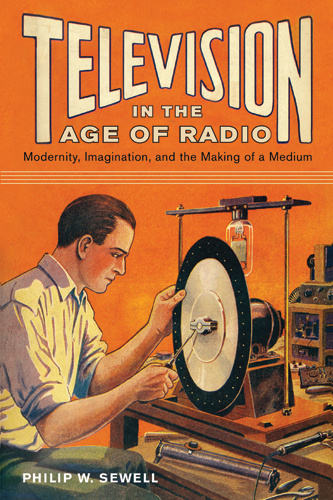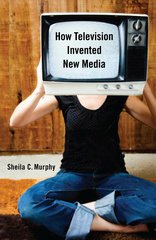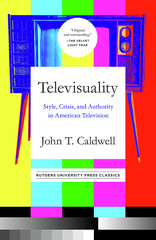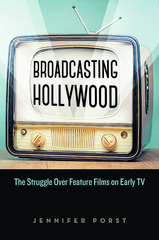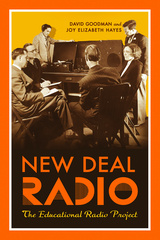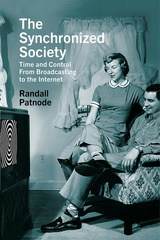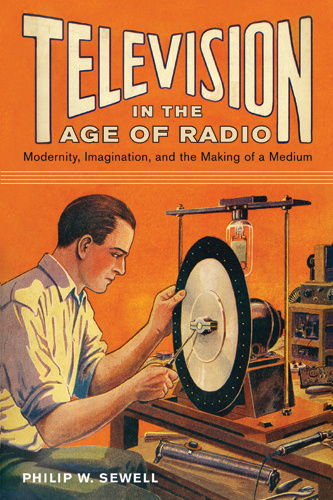
Television in the Age of Radio
Modernity, Imagination, and the Making of a Medium
Television existed for a long time before it became commonplace in American homes. Even as cars, jazz, film, and radio heralded the modern age, television haunted the modern imagination. During the 1920s and 1930s, U.S. television was a topic of conversation and speculation. Was it technically feasible? Could it be commercially viable? What would it look like? How might it serve the public interest? And what was its place in the modern future? These questions were not just asked by the American public, but also posed by the people intimately involved in television’s creation. Their answers may have been self-serving, but they were also statements of aspiration. Idealistic imaginations of the medium and its impact on social relations became a de facto plan for moving beyond film and radio into a new era.
In Television in the Age of Radio, Philip W. Sewell offers a unique account of how television came to be—not just from technical innovations or institutional struggles, but from cultural concerns that were central to the rise of industrial modernity. This book provides sustained investigations of the values of early television amateurs and enthusiasts, the fervors and worries about competing technologies, and the ambitions for programming that together helped mold the medium.
Sewell presents a major revision of the history of television, telling us about the nature of new media and how hopes for the future pull together diverse perspectives that shape technologies, industries, and audiences.
This brilliant example of a materialist analysis of technology shows how the fevered fantasies of television's early years were 'acts of invention as real as soldering together circuits in a lab.'
With valuable scholarship, Sewell provides a useful corrective to the existing account of the prehistory of television and illuminates the formative processes of television as a medium.
Philip Sewell’s exploration of radio-era television powerfully illuminates a formative chapter in the medium’s history, one with special relevance today as the constellation of practices called television continues to transform.
Sewell explores the history of US television's development into what was to become a mainstay of society. Recommended.
Television in the Age of Radio effectively establishes a rich, revised history of the development of television as a cultural formation. It offers insight beyond the surface-level policy and commercial power struggles and impacts to reveal a deep history of whom, how, and what made television what it was when released as a consumer product.
Television in the Age of Radio reveals how imagination precedes and influences invention, how America's cultural conversation shaped technology, how corporate interests steered American television in a direction so unlike that of British television.
PHILIP W. SEWELL is an assistant professor in the Program in Film and Media Studies at Washington University in St. Louis.
Introduction: The Substance of Things Hoped For
1. Questions of Definition
2. Engendering Expertise and Enthusiasm
3. Programming the System for Quality
4. Seeing Around Corners
Conclusions: Why Not Quantity Television?
Notes
Selected Bibliography
Index

